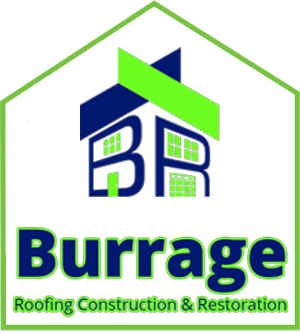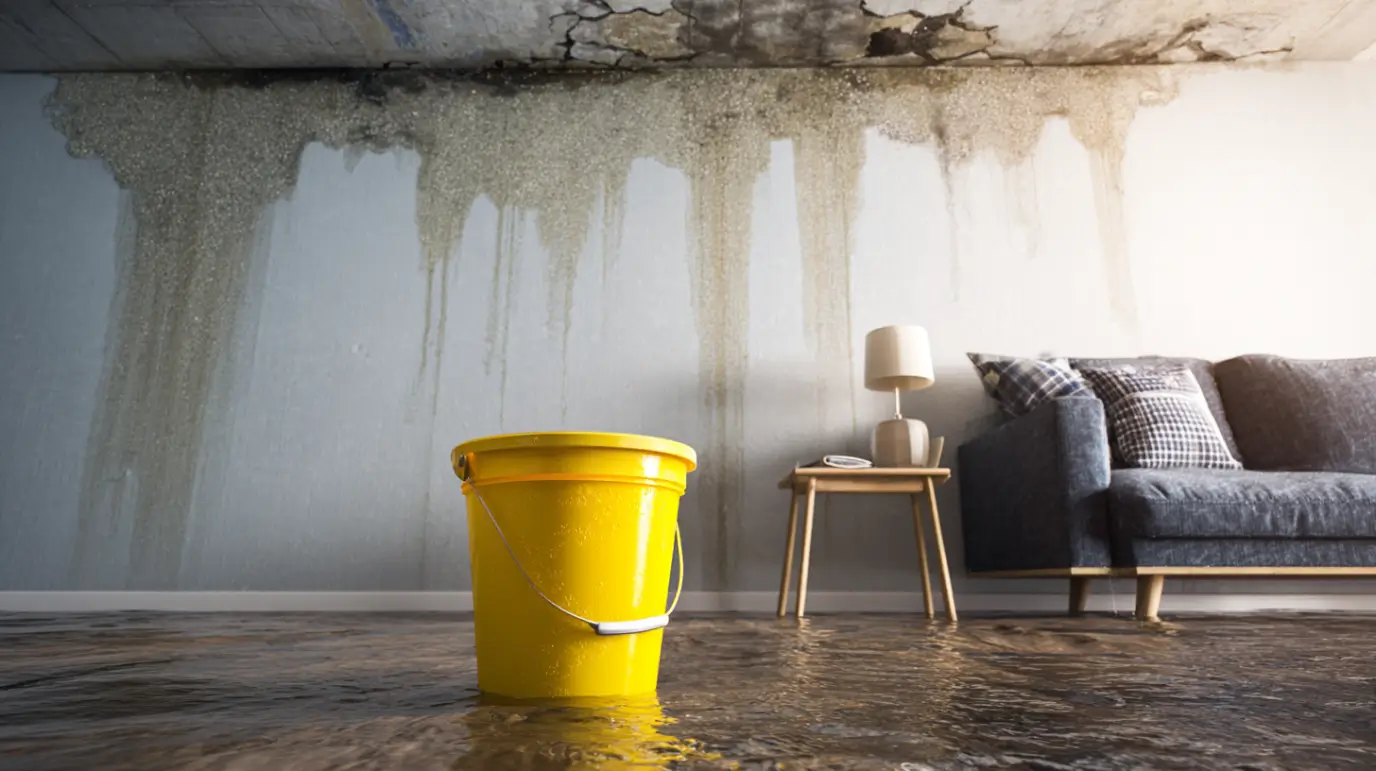Moisture issues in homes can escalate quickly without proper detection tools. Burrage Roofing, specializes in identifying excess moisture in materials like drywall and wood to prevent significant water damage. A moisture meter is a simple device that measures moisture content, helping uncover hidden leaks and water damage.
Early detection allows homeowners in Moline, IL to protect their properties from mold growth and structural harm. At Burrage Roofing, we recognize the importance of these tools for maintaining a safe home. Let’s explore how moisture meters work and our roofing solutions to keep your home dry.
The Importance of Moisture Detection in Roofing
Unchecked moisture intrusion can weaken a home’s structure. Monitoring moisture levels allows for early detection of water damage, preventing mold growth and further material damage. Small leaks may go unnoticed, but moisture meters can identify them, avoiding costly repairs.
Regular moisture checks protect your roof and the entire home. Addressing excess moisture promptly saves money and time while enhancing safety for your family.
Contact Us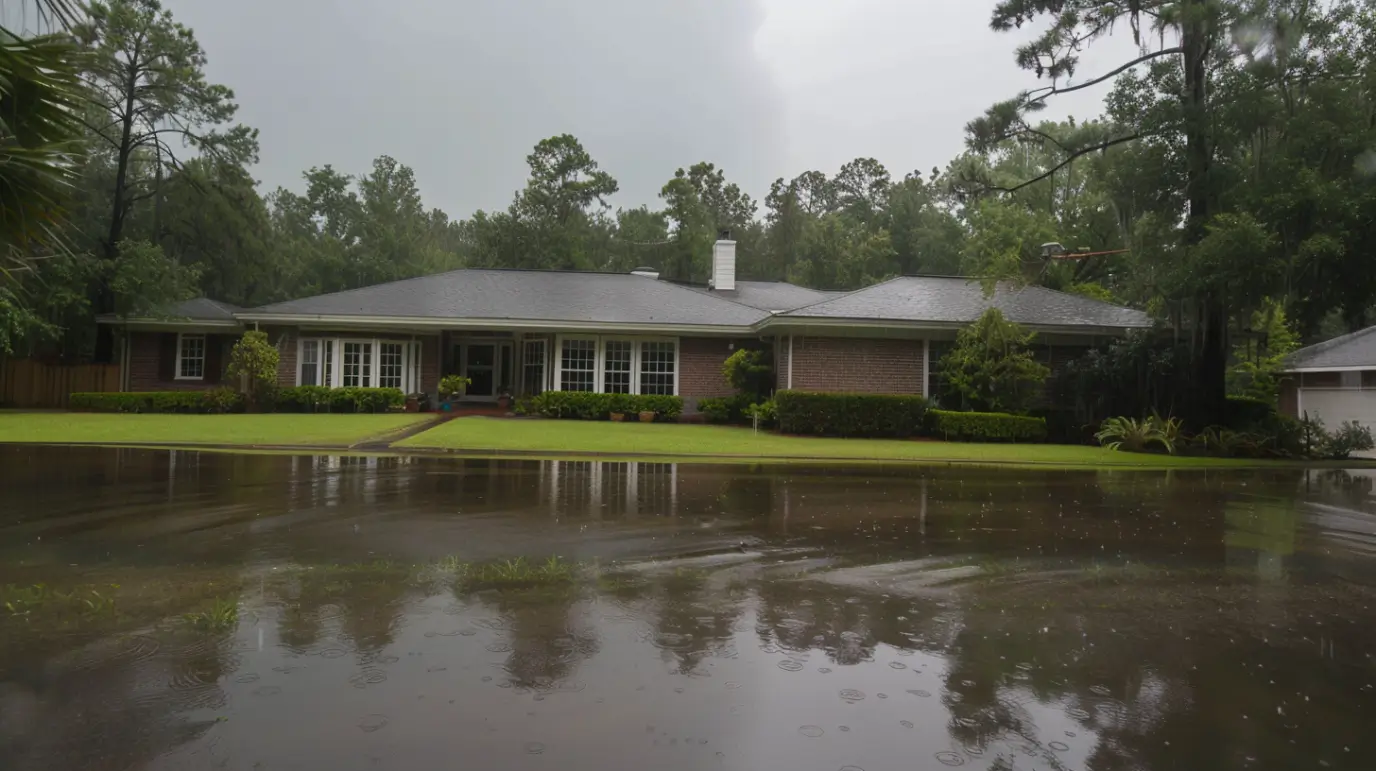
Common Causes of Leaks in East Moline, IL Homes
Leaks are common in East Moline, IL homes, primarily due to weather. Heavy rain and snow can exploit weak spots in roofs, allowing water inside. Over time, worn building materials like shingles increase leak risks.
Some leaks arise from installation errors or malfunctioning gutters. Blocked or improperly installed gutters hinder drainage, leading to water damage signs like stains or mold on walls and ceilings.
Excess moisture trapped in wood and drywall also contributes to leaks. Regularly inspect your home for water stains, discoloration, or peeling wallpaper to catch small issues early. Understanding these causes helps prevent water damage and protect your property.
Risks of Undetected Moisture for Roofs and Interiors
Ignoring hidden moisture in roofs can cause severe structural damage over time. Water intrusion weakens building materials, increasing the risk of leaks and collapses.
Unseen moisture can also pose health risks. Mold and mildew thrive in damp conditions, degrading indoor air quality and potentially leading to respiratory issues, allergies, and other illnesses.
Unchecked moisture not only affects roofs but can damage interiors like flooring and walls. Visible signs of water damage include stains, warped wood, and peeling wallpaper. Delaying repairs can significantly increase costs as the damage worsens.
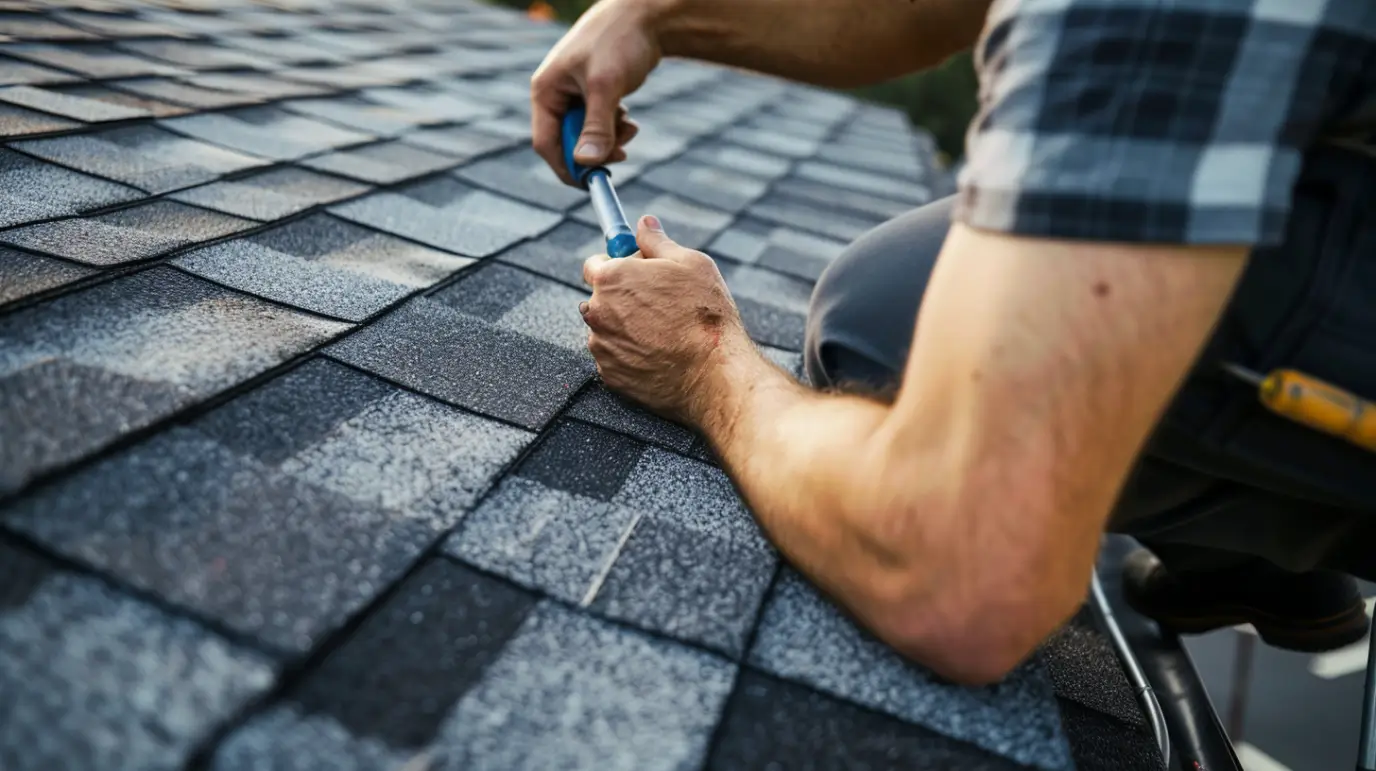
How Moisture Meters Work in Leak Detection
These tools use sensors to detect electrical changes in moisture-laden materials like drywall and wood. Moisture alters electrical current flow, which the moisture meters measure to indicate moisture levels.
Pin models send an electrical current between two pins inserted into the material, while pinless versions employ electromagnetic waves without direct contact. Both types provide accurate moisture readings, helping you quickly identify problems and prevent damage.
Pin vs. Pinless Moisture Meters Explained
Pin moisture meters utilize electrodes that penetrate materials to measure the moisture content, making them particularly effective for more porous building materials like wood and drywall. In contrast, pinless moisture meters employ a sensor that sends an electrical current through the material, providing readings without any surface damage. While pin meters are ideal for precise moisture assessments in confined spaces, pinless options are favored for quick evaluations across broader areas, minimizing the risk of visible signs of water damage and facilitating easier inspection.
Accuracy and Limitations of Moisture Meters
The accuracy of a moisture meter depends on its setup and purpose. Advanced meters, tailored for specific materials, provide precise readings. Combo meters can perform both pin and pinless measurements, making them versatile for various surfaces.
However, each type has limitations; readings can vary between hardwood, softwood, and other materials due to their unique electrical properties. A quality moisture meter minimizes these discrepancies.
Even with advanced devices, expert knowledge is crucial. Proper usage yields the most accurate results, but significant water damage often requires professional intervention for effective restoration.
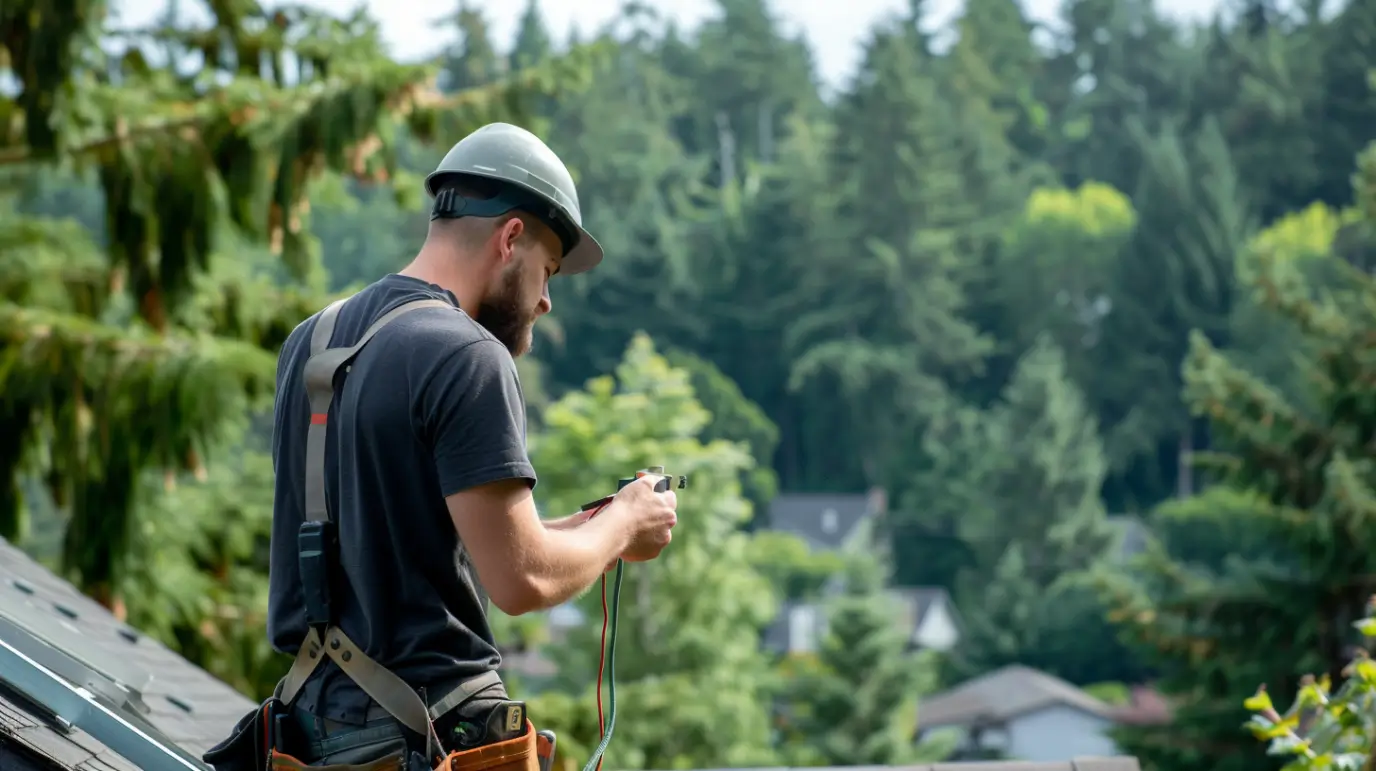
Step-by-Step Guide to Using a Moisture Meter
Start with a visual inspection when using a moisture meter. Look for leaks, water stains, or damage. After identifying these issues, prepare the meter using calibration blocks.
Place the meter on the material or press the pins in steadily for an accurate reading. Check multiple spots for reliable results. This data helps pinpoint problems, guiding you on what to address first and maintain your building materials effectively.
Preparing for a Roofing Moisture Inspection
Getting ready for roofing checks helps identify moisture issues. Start by looking for visible signs of water damage, like stains or peeling wallpaper, and don’t overlook subtle clues like warped flooring.
Before searching for leaks, remember to:
- Clean surfaces thoroughly for accurate results.
- Ensure meter calibration matches the materials being tested.
- Use general tools to assist the meter and verify results visually.
This preparation will make it easier to detect water damage, leaks, and hidden roof problems, helping you pinpoint leak origins and extent.
Interpreting Moisture Meter Readings for Leak Assessment
Moisture readings are crucial for detecting leaks. Normal wood moisture content ranges from 6% to 9%. Readings above 10% may indicate water damage.
Hardwood and softwood have different moisture content ranges, affecting your interpretation of results. These findings help assess hidden water issues in your building materials.
If readings exceed 20%, take immediate action. Repair the source of moisture to prevent further damage, and use this information to safeguard your building against leaks.
Trust the Experts
Moisture meters are essential for detecting roof leaks. Knowing how to use them enables early issue identification, preventing costly repairs. There are two types: pin and pinless, both indicating water presence to protect your roof from damage. Burrage Roofing, with over 30 years of restoration experience, is committed to sharing knowledge and quality service. We are proud to be an IKO Craftsman Premier Installer and a BBB Accredited Business. Our partnerships with trusted suppliers like SRS, ABC Supply, and leading manufacturers such as James Hardie ensure top-quality materials for your roofing needs. If you suspect moisture or leaks in your home, request a quote now—our team is ready to help safeguard your property.
Read our blog: Designing Roofs to Resist High Winds
Frequently Asked Questions
What types of moisture meters are best for roofing?
When selecting a moisture meter for roofing, pinless models are often preferred due to their non-invasive nature and ability to cover larger areas quickly. However, pin meters provide more precise readings in specific spots, making them suitable for targeted inspections. Consider your needs before purchasing.
How do I know if my roof leak is serious?
Some signs of serious leaks are water stains you can see, warping, and mold growth. If you keep having moisture problems, repair costs can go up. It can also be bad for health. If you spot big discoloration or worse water damage, get help from a professional right away!
